Cato Butler

Cato Butler, who in 2013 said he had the longest tenure of any Montana broadcaster with 65 years, was born in Helena, Mt. on October 29, 1929, the day the stock market crashed.
Cato started his radio career as a junior at Helena High School in 1946 on KPFA which became KLFJ and then KBLL.
In the 1950s he personally bought time on KFDW radio in Helena to broadcast the Carroll College football games.
In 1970 he began broadcasting sports on KCAP radio in Helena. In 1972 he became full time News/Sports Director for KCAP. He covered mostly high school and college basketball and football games at Helena High, Capital High, Butte High, Carroll College and the University of Montana. He also covered track, boxing, golf, baseball, and horse racing.
He was famous as the voice of the Class C basketball tournaments.
For his work as a sportscaster he was named Montana Sports Broadcaster of the Year and inducted into the Helena Sports Hall of Fame. He was also inducted into the prestigious Montana Broadcasters Hall of Fame in 2010.
Among his most important news stories he covered were the Montana prison riots, the Earthquake near Yellowstone Park and elections.
Cato retired and came back to KCAP part time in 1984. In 1985 he began “Open Line”, an hour live call-in radio talk show which continues today. In 2003 the Mayor of Helena proclaimed Cato Butler Day honoring Cato for his service to the community.
Interested in Western History all of his life, he was adopted into the Blackfeet Tribe when he was 10 years old and given the name “Eagle Child”.
Noted for his distinctive style and original phrases were strong reasons why he had such a large and loyal following. .He often signed off from game broadcasts with, “It’s time to saddle up and ride.”

The Greater Montana Foundation thanks Scripps and their Television stations throughout Montana for providing studio, production and edit facilities for the Legacy Broadcasters Initiative interviews. Without their generous support, this project would not have been possible.

The Legacy Project of the Greater Montana Foundation is produced in coordination with the Montana Historical Society. Many thanks to all who work and donate to MHS and its great work.
THE LEGACY PROJECT

Darlene Craney

Norma Ashby
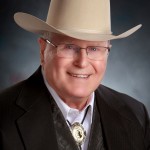
Lonnie Bell
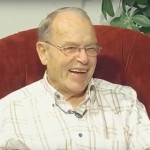
Jerry Black

Conrad Burns

Cato Butler

Ron Cass

Donna Kelley

Herb McAllister
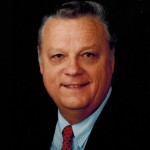
Bob Merrill
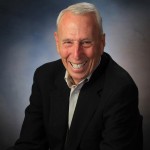
Dan Miller
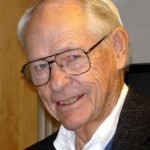
Vic Miller

Brent Musburger
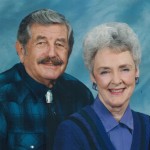
George Ostrom

Gene Peterson

Fred Pfeiffer

Jerry Puffer
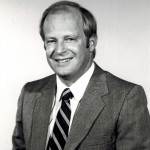
Dave Rye
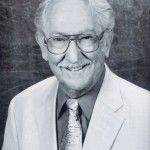
Dan Snyder

Stan Stephens

Art Taft
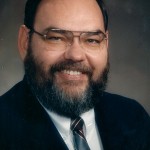
Stan Whitman

Dave Wilson

Bill Whitsitt
